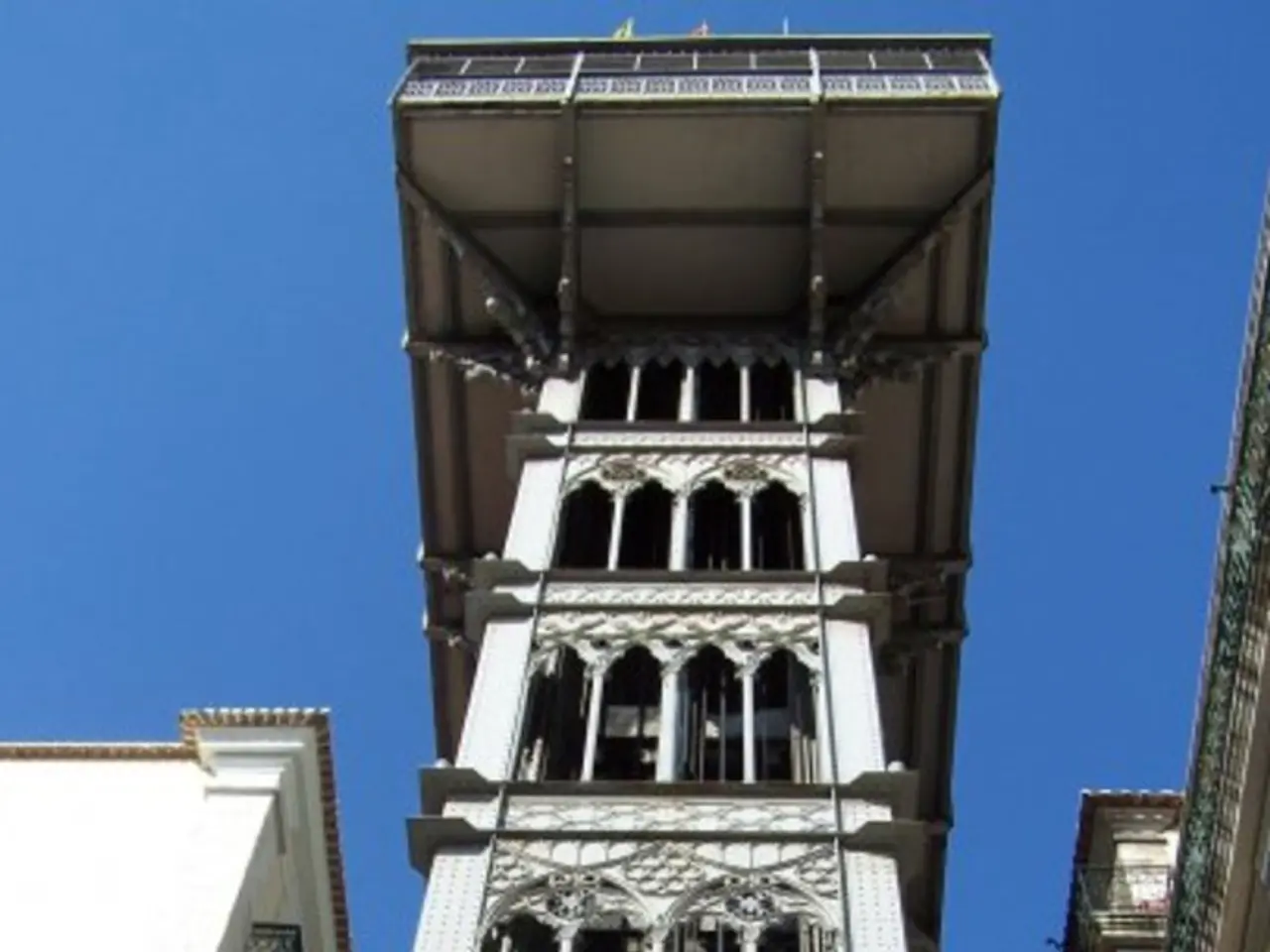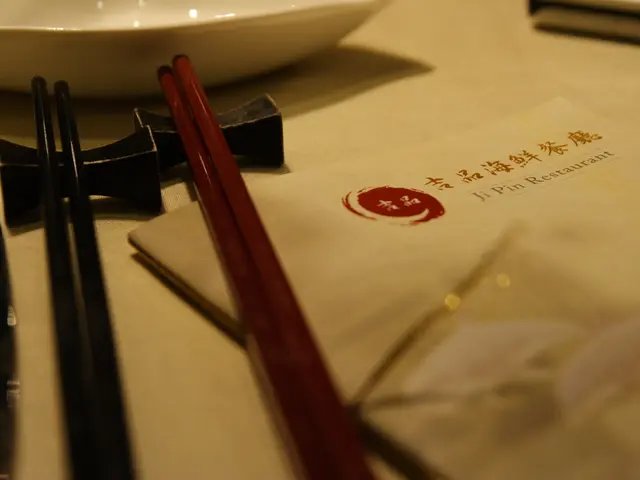Large-scale Water Administration Strategies for Extensive Estates – Keyline Design Focus
Keyline design, a water management system developed in the 1950s by P.A. Yeomans, has become a popular component in permaculture and regenerative agriculture projects worldwide. This approach, originally designed for Australian farms, is now being applied in countries such as the United States, Canada, South Africa, Europe, and Italy.
At its core, keyline design optimises the capture, storage, and distribution of water across the land. By marking the keypoint for each primary valley, the pattern layout is simple and cost-effective to survey. This foundational water management component is particularly beneficial in dry areas, where designing ponds for water storage and using special plowing methods are key.
Keyline design can significantly improve water management and use, helping farmers in dry regions create profitable and environmentally friendly farms. By adjusting the design to fit local weather and land conditions, it can solve water problems in these areas. For instance, in Northern Ontario, keyline design can improve soil fertility and help farmers handle extreme weather.
The Algoma farmers have seen benefits such as better water retention, pasture growth, and improved soil health with keyline subsoiling, which brings oxygen, water, and nutrients to deeper levels. Adding ponds, wetlands, and water storage features also helps in improving water management and use.
However, it's important to note that getting the topography right is crucial for keyline design. Bad maps can potentially mess up the entire plan. Moreover, the person implementing the keyline design plays a significant role in the project's success. Skilled professionals can make a project successful, while inexperienced ones may face challenges.
While keyline design is often praised, some studies have shown mixed results. For example, a trial on four Vermont dairy farms found no significant changes in soil or forage quality but an increase in earthworms. Despite these challenges, keyline design remains a valuable tool for managing water on large properties and farms, using landscape geometry and smart water handling to boost soil health and water efficiency.
In Italy, keyline design has been used on about 763 hectares of land, helping fight erosion and improve soil. In the U.S., a 390-acre site in Temecula, California, was assessed for soil erosion, with over 400 areas treated to control erosion.
The need for sustainable food production is increasing, making keyline design likely to become more popular in farming. By combining keyline design with practices like permaculture and regenerative agriculture, farmers can make the most of their land, leading to a more sustainable future for farming. These methods help make big farms more productive and sustainable.
Regenerative agriculture, which aims to improve soil and ecosystems, works well with keyline design. Together, they create a flexible farming system that can handle changing weather and climate changes, making farming more resilient and productive.
In conclusion, keyline design offers a powerful and sustainable solution for managing water in permaculture and regenerative agriculture systems. With its focus on landscape, water, and soil, it matches the holistic farming methods these systems employ. As the need for sustainable food production continues to grow, keyline design is likely to play an increasingly important role in farming practices.








